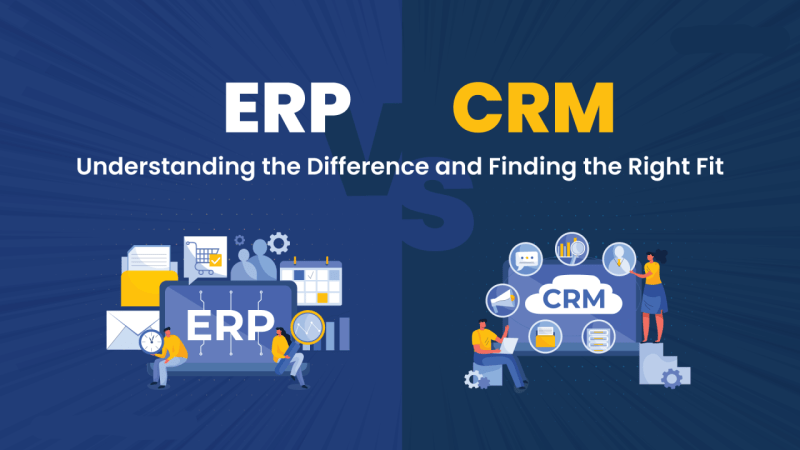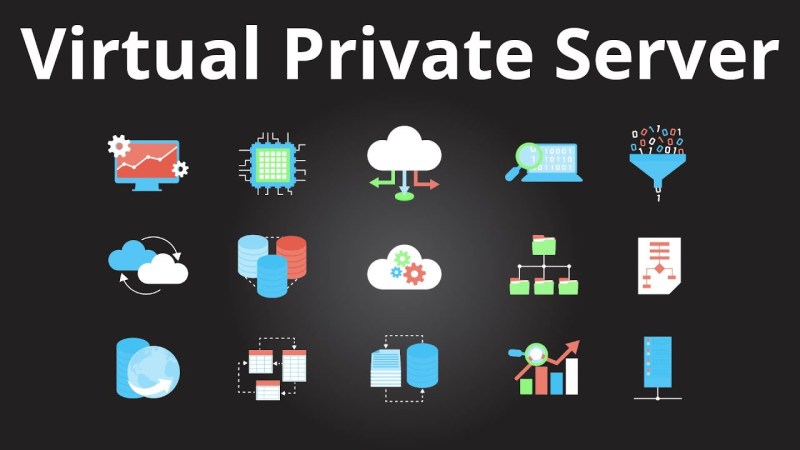What is Blockchain Technology? A complete guide about Blockchain

Blockchain: The most revolutionary technology has been called since the advent of the Internet. It can dramatically change our daily lives with the potential to replace all intermediaries and agencies.
Table of Contents
News: money and transactions
To clearly understand what Blockchain is and what the benefits are, it is crucial to know how monetary transactions currently work. Although cash still plays a critical role, over the years, we are moving from cash to digital payment. It has led 95% of establishments in some countries to accept a card.
Let’s see the difference with a small example:
Maria gives Juan a 5 dollar bill. It is immediately clear that this 5-dollar note is no longer held by María, but by Juan because the note has physically changed ownership. This is different for digital transactions. Something or someone must follow up on the fact that she transferred the 5 dollars to him.
In reality, they are just numbers that are adjusted and updated. Currently, all banks do this for us. If she has a payment account with ING and transfers 5 dollars to Juan, ING will make sure that Maria’s number drops by 5 and that Juan’s number increases by the same amount. ING keeps it all in its ledger (in the crypto world this is also called a ‘ledger’). A general ledger is “the record in the debit and credit entries of all newspapers in category order and within that category in time order.” Or directly: A great accounting job that tracks all transactions that have been made (at the appropriate authority).
The transfer of 5 dollars to someone seems like an effortless transaction. However, the average bank conducts billions of transactions a year, and therefore must keep everything in its ledger. This makes it necessary to hire thousands of employees. Also, there are additional costs for renting buildings, maintaining relationships, marketing, etc. Which are paid with the money they collect from their clients, be they individuals or companies. As a consumer, for example, we pay to have an account with the bank, while companies also have costs such as a small amount per transaction they make, or they made with them. I mention all these costs because they will soon be redundant thanks to blockchain technology.
Blockchain technology
What exactly is Blockchain?
“Blockchain technology provides a way for people or authorities who do not trust each other to agree on a typical digital story (1). Standard digital history is essential because digital currency and transactions are, in theory, easy to copy. Blockchain technology solves this problem without the need for a trusted intermediary or agency. “
Perhaps too abstract if you get this right away in your choice. Let’s go back to the example of Maria, who wants to transfer 5 dollars to Juan. Who will verify that Maria does not secretly grant those 5 dollars to another person as well? It had taken years before a better solution and alternative to expensive banks appeared, but finally, blockchain technology has arrived.
The Blockchain ensures that the $ 5 transaction is automatically added to a global ledger where all transactions are kept. Subsequently, it is also verified if this transaction is valid. There is no need for an intermediary to follow up; everything is done automatically by the Blockchain and the computers that keep it running (miners). But how exactly does this work?
[Also Read: How Blockchain technology could transform the food industry?]
Blockchain transaction: an example
Returning to the previous example but altering the delivery method, Maria sends Juan the 5 dollars through the Blockchain. This is presented online as a “block” (or block). This block contains all the information about the transaction, such as the value (5 dollars), the time it was sent, who it was sent to, who it was sent to, and so on. This block is then verified by “miners.”
Cryptocurrency miners
Miners are users who make sure that the Blockchain remains safe and viable. These are computers that have the entire Blockchain on the hard drive and can verify if Maria has the 5 dollars in her possession. The miners who control this are randomly determined and receive a small fee as a reward for the work they provide and to cover energy costs.
If the miners in the network decide that it is a valid transaction and Maria does not secretly try to give money that she does not own, then the block is approved and added to the Blockchain, then Juan receives his 5 dollars. This block will be verified again in a future transaction so that Juan can spend the 5 dollars again, while María can no longer do so.
If you have managed to understand up to now, you have almost everything earned, you have assimilated 99%, and you know what you invest in it. The advantages of Blockchain are not only reflected in national transactions, but the Blockchain also has many additional benefits for international transactions.
Blockchain speed
How is it possible that when you send an email to someone who is in Africa, it is free, and the person receives it in just a few seconds, while if it is money, in addition to shipping it takes a few days to reach you? There is not much difference between one and the other. In both cases, it is a type of digital message that goes from one person to another.
The reason this is possible with emails is that the whole system is the same behind all email clients (Gmail, Hotmail, etc.). They all communicate in the same language at the base. Which is a significant drawback for centrally closed systems? They all communicate in their language, and so it is difficult to connect them without compromising security. Almost all banking systems suffer from it. Currently, this is primarily resolved by placing an intermediary between these different systems that ensures trust and sufficient control to allow transactions to take place. This makes today’s banking systems expensive, slow, and susceptible to fraud.
Blockchain can also be a solution. If everything and everyone uses the same system, the Blockchain, a transaction from Maria in Spain to Juan in Australia could happen in seconds. However, Blockchain does not stop at keeping a simple transaction; it goes much further.
Blockchain: beyond money
At the moment, Bitcoin is by far the most significant and best-known blockchain app, however Ethereum, number 2 right now, is on track to overcome that edge. Ethereum is mainly known because it focuses not only on Blockchain as a transaction tool but also on the configuration of smart contracts. But what exactly is a smart contract?
Smart Contract
To start, here is the definition of what a smart contract is:
A smart contract is a programmed contract whose agreements are registered in code on the Blockchain. The deal is automatically executed without the need for trust in the intermediate parties. These quotes can always be viewed, but can never be adjusted again.
These contracts are drawn up and programmed by programmers, and we do not have an agreement with Smart agreements, but with a digital deal consisting of computer code. This code contains all the information about the contract: who is it valid for, when should it be executed, when has this agreement been registered, etc. An example to understand it better:
Smart Contract Example
The most obvious example of a smart contract is a simple bet. Suppose Maria and Juan disagree about the weather tomorrow and make a bet of 10 dollars. Juan says that it will be at least 30 degrees, María, on the other hand, says that the temperature will be lower. Usually, Mary and John have to trust each other that they will receive the agreement if they win. In a situation where they don’t trust each other, each can give the 10 dollars to a third party and trust that the money will be paid to the person who turns out to be the right one. In both cases, it is vital to have confidence in the people involved. This does not have to be done with a smart contract.
The smart contract for betting can be linked to other software that measures the outside temperature. For example, Maria and Juan can decide that the temperature indicated by the KNMI in De Bilt determines the actual temperature. The KNMI software then communicates that it was a maximum of 29.6 degrees that day, so the smart contract automatically transfers the 20 dollars to the bank account of the winner of the bet: María.
Another example of where smart contracts can be used is when selling books. In the case of books, it often happens that the income from the sale of a book is distributed among the store, the publisher, the writer, the illustrator, and the taxes. Typically, the bookstore that sells the book first receives all the money, keeps it in the accounts, and then transfers all the money to the rest of the rights holders. After this, this income must also be divided among the other parties that are entitled to a share. With a smart contract, it can be automatically established that, when selling a book, each party gets the percentage to which they are entitled.
The advantages of a smart contract
What advantages do smart contracts have over standard contracts?
- Autonomy: the agreement is entered alone. You do not have to rely on a lawyer, bank, broker, or another intermediary for the contract to be executed. This makes it impossible for a third party to manipulate the contract. The agreement is automatically administered and performed by the network.
- Security: the smart contract is protected by cryptography. It is almost impossible to hack the contract.
- Trust: The contract is tracked on the shared network. Therefore, the deal can’t be lost. There are also no third parties involved who want to manipulate the contract.
- Speed: smart contracts are fully automated. Acts that generally cost a lot of paperwork don’t have to be done to a great extent, and this saves a lot of work and time. Also, smart contracts are optimized continuously so that it will cost less and less time.
- Backup: because it is impossible to get rid of the smart contract with all the members of the Blockchain.
- Accuracy: As a smart contract is mainly machine work, it has few problems, unlike human error.
- Savings: smart contracts are much cheaper because no intermediate parts are needed. For example, you don’t have to pay a lawyer or notary to write it.
Of course, a smart contract not only has advantages, but it is also essential to consider the disadvantages that it entails.
The disadvantages of a smart contract
- Adjustment is impossible: one of the most significant advantages of a smart contract is also the biggest disadvantage. If you change your mind about a rental agreement, it is complicated to adjust.
- The code must take everything into account: with a contract, there are always “yes and buts” present. In “normal” language, this is difficult to obtain on paper, much less in the programming language. Therefore, it is (still) susceptible to errors.
- The third does not entirely disappear: even though a third is no longer needed, it does not wholly disappear, but it mainly has a different function. Mostly, the demand for programmers who can prepare these contracts will increase more, and the need for functional programmers is already through the roof.
As we can imagine, blockchain technology is expected to have a significant impact on our daily lives. It has the potential to completely replace banks, notaries, attorneys, and many other intermediaries and parties. The last time people were so positive about technology was when the Internet was on the rise, and we know how much influence it has had and continues to have.
conclusion
We can understand that the Blockchain is a data structure in which the information is grouped called blocks. These blocks are stored following a timeline and in encrypted form on computers known as nodes. This information is kept safe in them; it cannot be deleted or modified.






